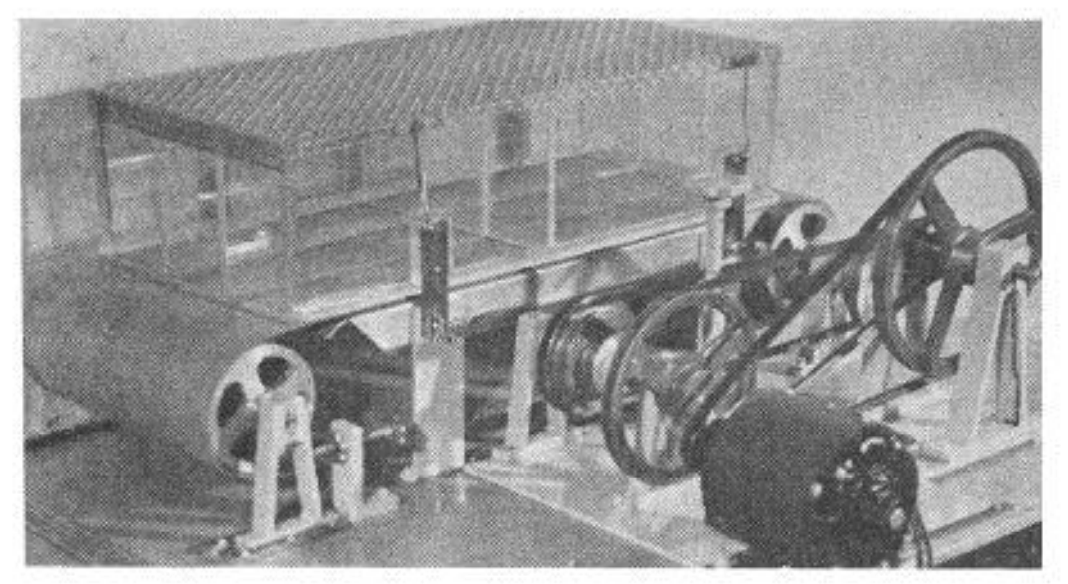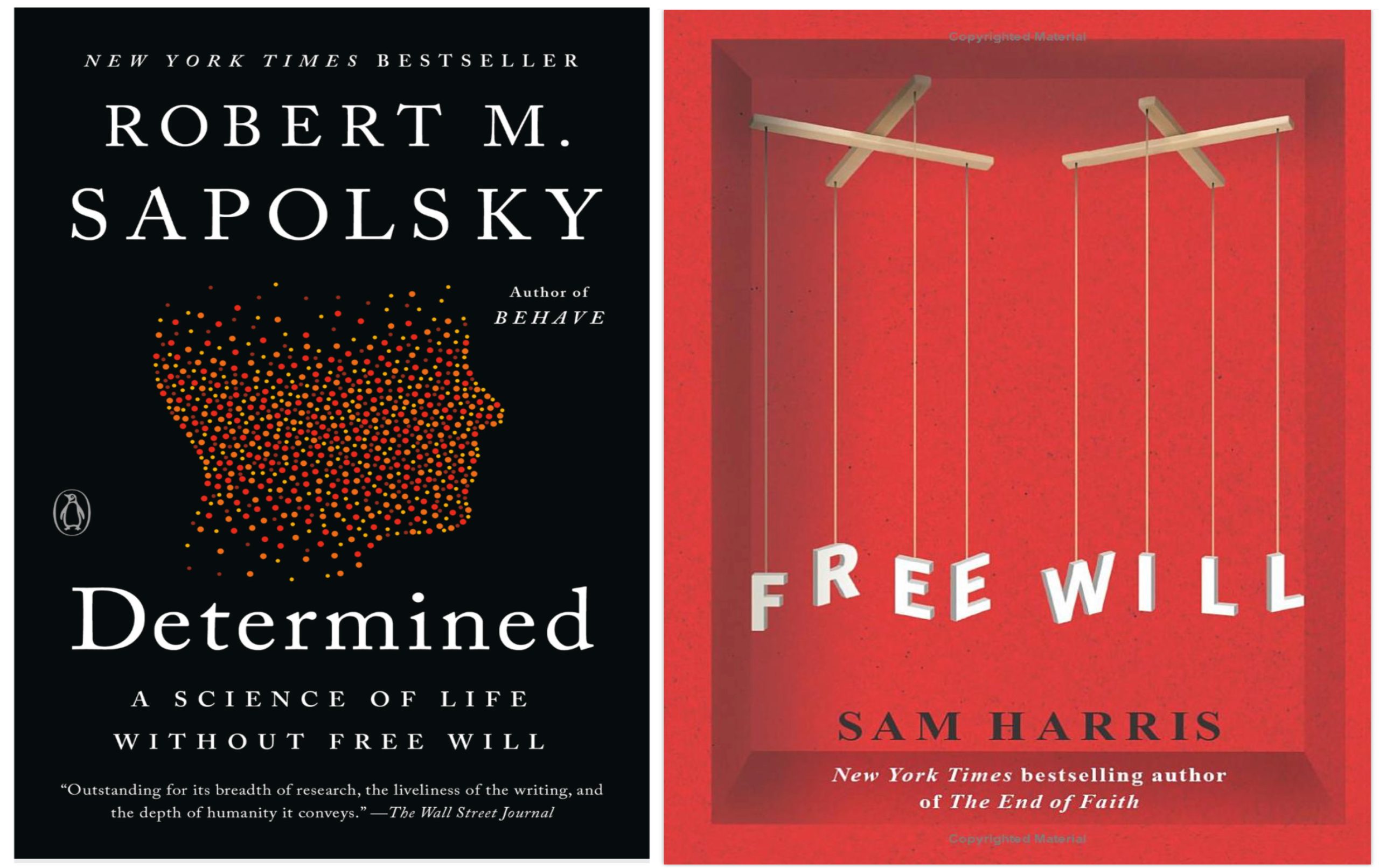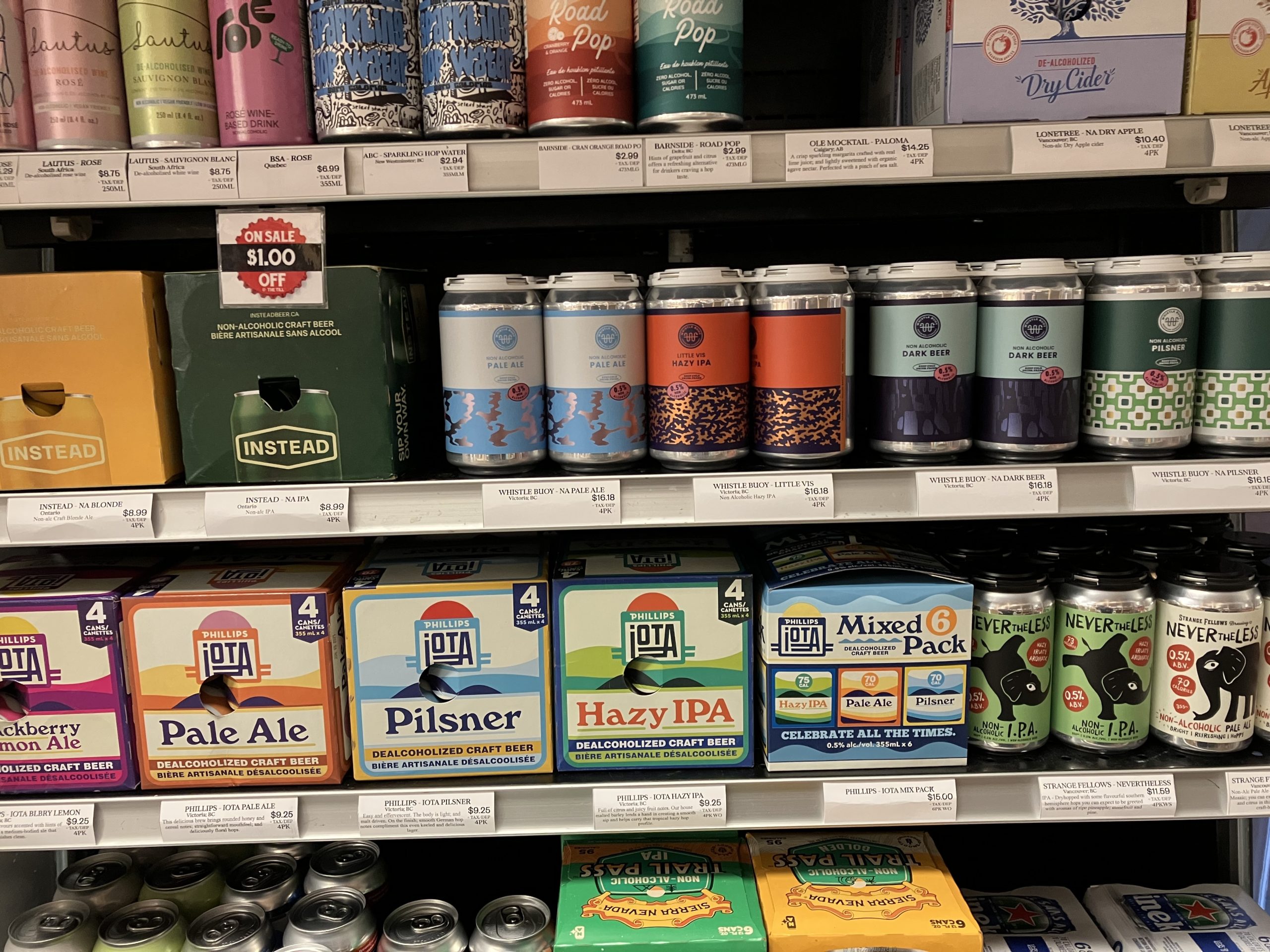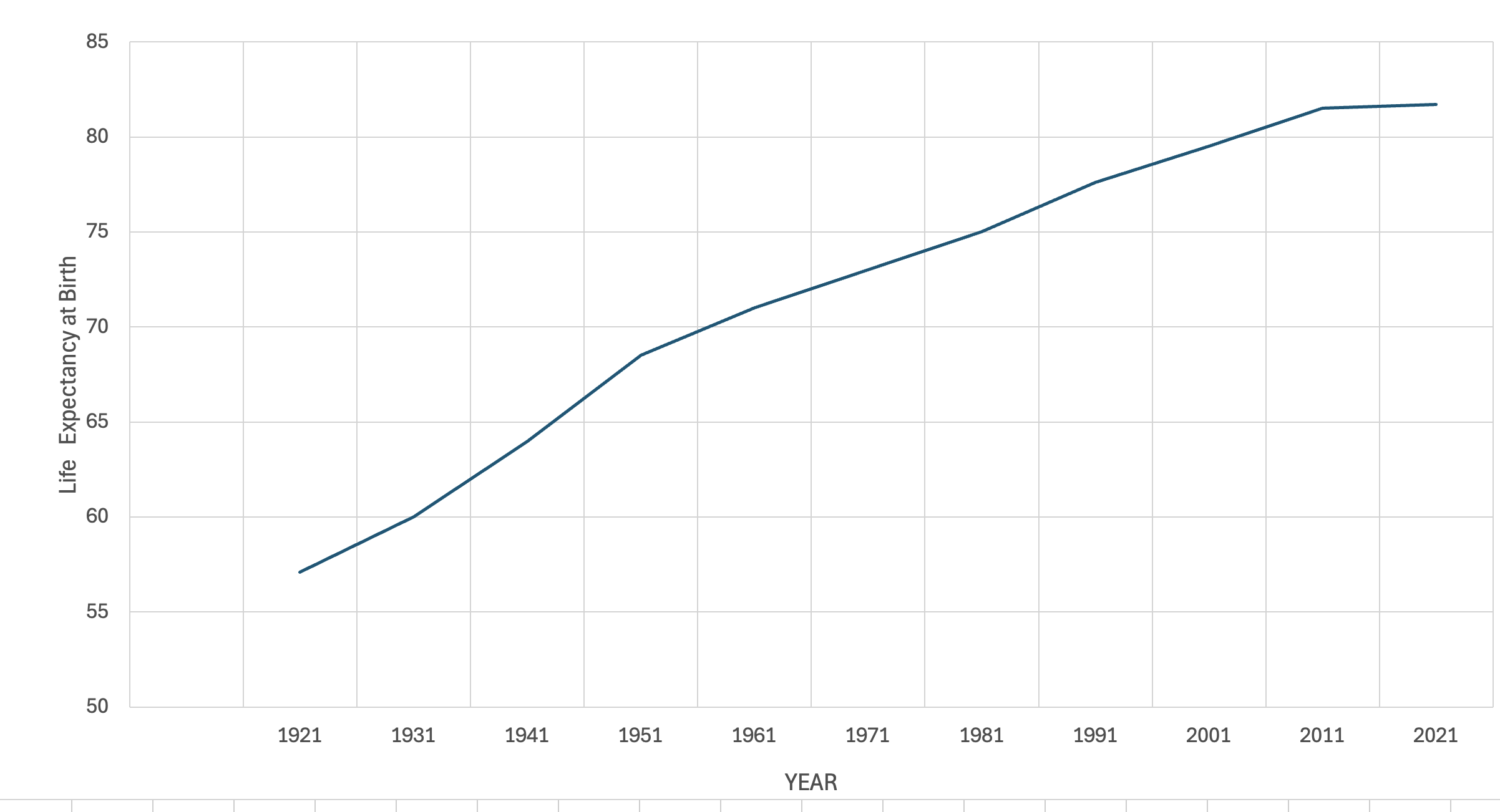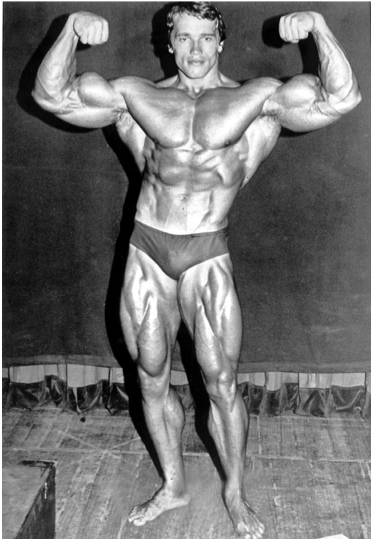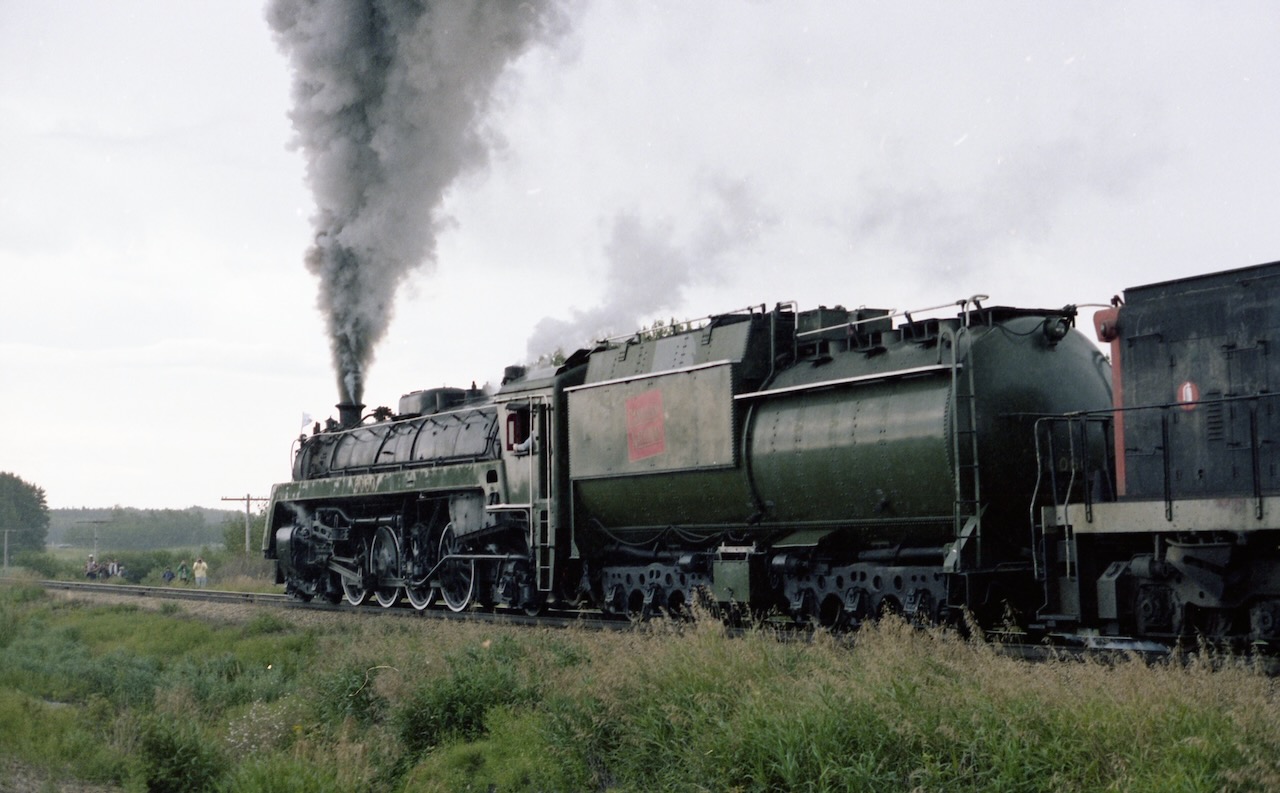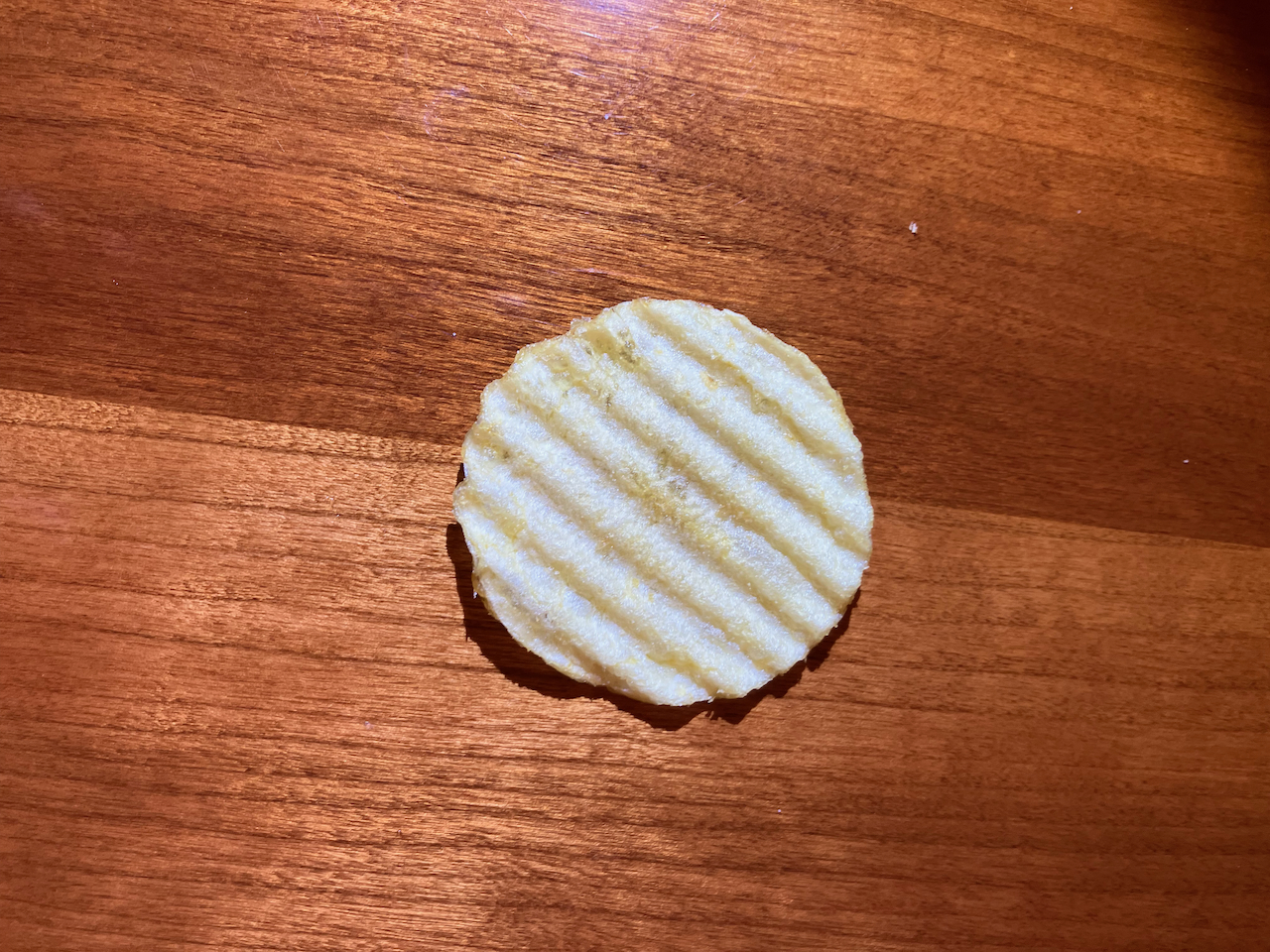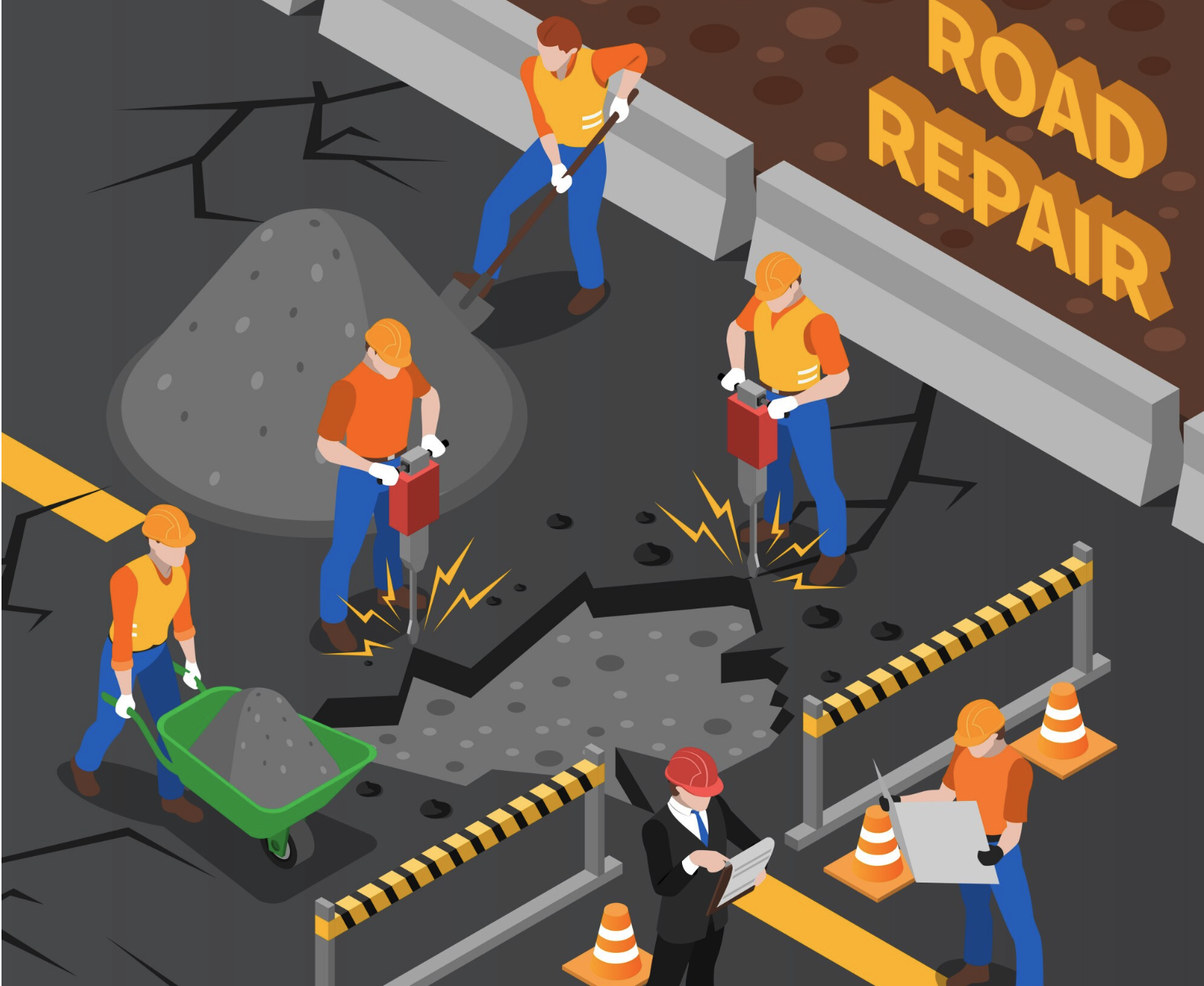As we people of the modern world grow heavier by the year, we have developed a growing interest in our morbid obesity. Or a morbid interest in our growing obesity. Our curiosity is justified: obesity is firmly linked to poor health. As a result, there’s a massive, and growing, industry dedicated to helping us, or at least promising to help us, lose weight. But like most stories about metabolism, it’s complicated. One aspect that is not well understood is the relationship of exercise, physical exertion, to obesity.… Read the rest “Obesity: What’s exercise got to do with it?”
Do We Have Free Will? Or, The Twinkie Defense Reconsidered
On November 27, 1978, Dan White, a former firefighter and policeman, assassinated the Mayor, George Moscone, and a supervisor, Harvey Milk, of San Francisco. His guilt was not denied. But his lawyer argued that White had a diminished capacity for rational thought, and therefore couldn’t be guilty; he was suffering from deep depression, and incapable of premeditating murder. As a symptom of his wretched mental state, his lawyer pointed out that he was eating mostly sugary foods, including Twinkies (the ‘golden sponge cake with a creamy filling’, according to its maker Hostess Brands).… Read the rest “Do We Have Free Will? Or, The Twinkie Defense Reconsidered”
The Secret of Low Alcohol Beer
One of the most rapidly growing types of alcohol being consumed is low alcohol beer (LAB), also known as light beer, or near-beer. My local booze store has whole shelves dedicated to LABs (above), and their number is growing (global LAB consumption doubled between 2018 and 2024). LAB has the advantages of fewer calories and, particularly important after the recent worries about the toxic effects of alcohol (cancer risk goes up at any level of consumption!),… Read the rest “The Secret of Low Alcohol Beer”
life expectancy — what does it mean?
How long can you expect to live? The answer to that question is all about statistics and probabilities: some of us will die this year, some of us will live to 100. But what, exactly, do the statistics folks mean by ‘life expectancy’? It turns out to be a little complicated.
‘Life expectancy at birth’, a term we often see, doesn’t represent anything real: it’s a statistical creation. But when you understand it, it makes sense.… Read the rest “life expectancy — what does it mean?”
Struggling with vitamin A deficiency
The important micronutrient Vitamin A
The first vitamin deficiency was identified toward the end of the 19th century by Dutch medical scientists in the Dutch East Indies, today’s Indonesia. They discovered that a lack of the vitamin we call thiamin, or vitamin B1, caused beriberi, a deadly neurological disease. More vitamins were discovered subsequently, and by 1950 there was a list of 13 that are essential for humans. One of these, the ‘fat-soluble’ vitamin A, proved to be an ‘anti-infective’ agent; it reduced infections in new mothers.… Read the rest “Struggling with vitamin A deficiency”
Body Talk
Human energy metabolism, the science behind the energy provided by the food we eat, is a complicated subject. I taught it to science and medical students for more than 35 years, but its intricacies continue to surprise and entertain me. I don’t provide nutritional advice, but I want to blow away some of the cobwebs surrounding it. Much of the material summarized here is described in more detail in previous posts, which are linked.… Read the rest “Body Talk”
HIIT, the fitness hack
Many talented sprinters run like gazelles, their feet barely kissing the track as they glide along. But not all great runners move like this. One of the most successful athletes of all time was a muscular runner named Emil Zatopek, nicknamed ‘The Czech Locomotive’ for his powerful, but not particularly graceful, running. Zatopek won five Olympic medals, four of them gold, and in 1952 he became the first, and so far only, runner to win the 5,000- and 10,000-meter races, and the marathon, at one Olympic Games (it was his first competitive marathon at that).… Read the rest “HIIT, the fitness hack”
Why Junk Food makes us fat
It was the Spring of 1994, and the National Hockey League playoffs were heading for a dramatic finish. The Eastern Conference semi-final featured the New York Rangers and the New Jersey Devils. The Devils were ahead three games to two in the seven-game series, and appeared to be destined for victory. The next game was in the Devils’ home arena, in front of a sold-out crowd of their rabid supporters.
The captain of the Rangers was the power forward Mark Messier, a threat to score or level an opponent whenever he was on the ice.… Read the rest “Why Junk Food makes us fat”
the goldilocks zone: Mutation, Cancer, and Evolution
DNA is the bedrock of our genetic identity. It encodes physical and mental traits in our genes and it is generally unchanging and the same in all cells. There are ‘epigenetic’ aspects, some of which are still puzzling, that appear to carry over between generations, which are not due to the modification of DNA sequence. (Other posts have explored epigenetics.) But DNA sequence is the default carrier of our genetic identity.
Although the DNA in our cells is largely unchanging and the same in every cell, neither of those features is strictly true.… Read the rest “the goldilocks zone: Mutation, Cancer, and Evolution”
how smart are animals?
And now, as John Cleese might say, for something completely different. A book review. Books about science aimed at a general audience can have profound effects. They might enlighten us concerning something we’ve wondered about (‘DNA, The Secret of Life’), or tell how a famous scientist lived and worked (‘Why Do You Care What Other People Think, Dr. Feynman?’). Or, they may change the way we see the world. In that category, for me, is a book by the Dutch ethologist Frans de Waal, with the axe-handle title, “Are We Smart Enough to Know How Smart Animals Are?”.… Read the rest “how smart are animals?”

